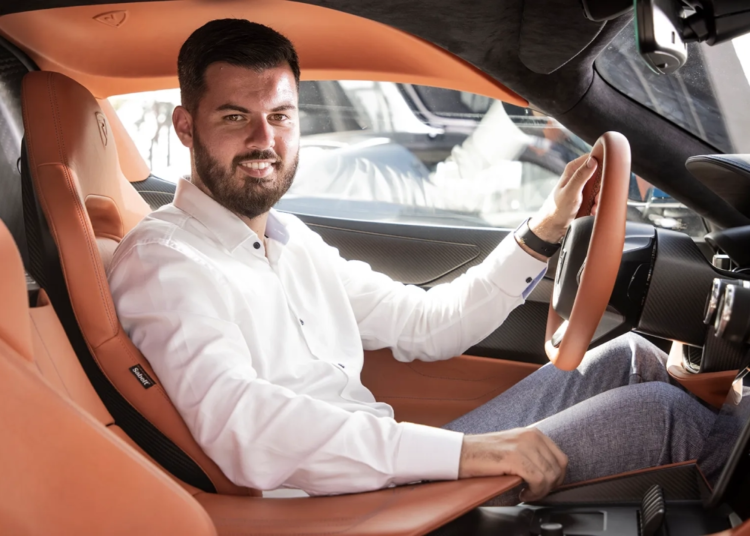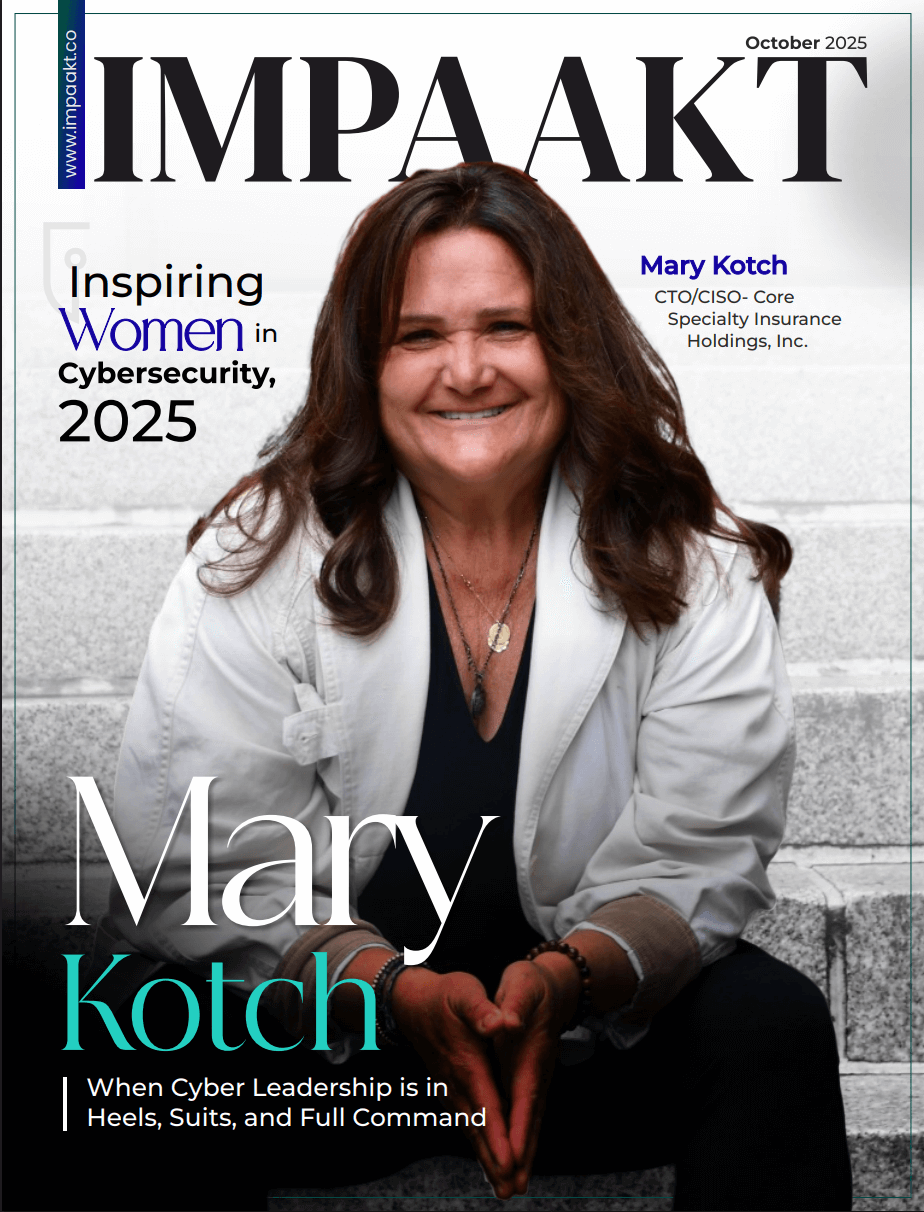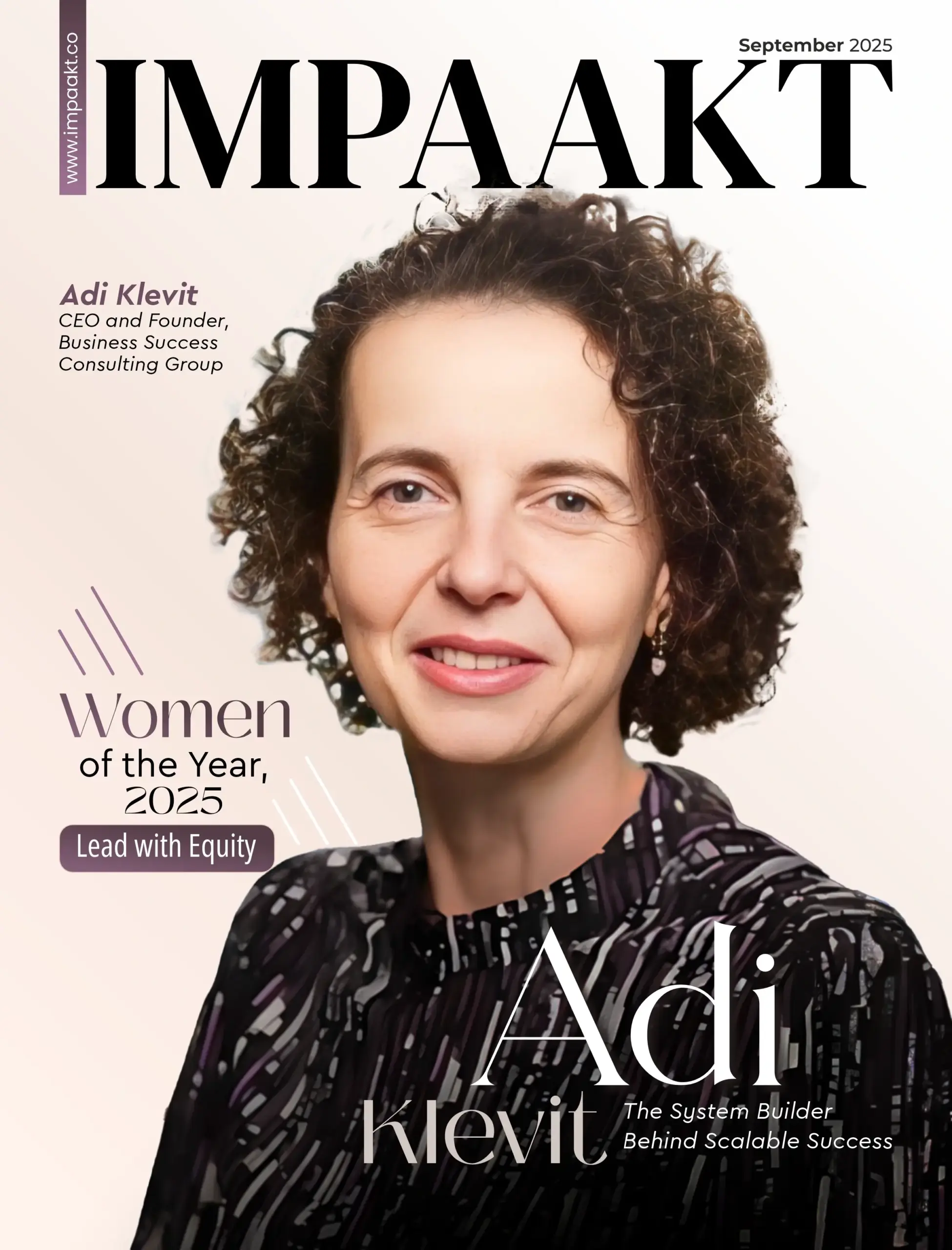A New Kind of Disruptor in the EV Race
The global electric vehicle industry has no shortage of high-profile disruptors. Yet, among the giants, one story stands out not for scale but for audacity. Mate Rimac, a Croatian entrepreneur who started tinkering with cars in his garage, has become one of the most influential figures in the automotive world. In just over a decade, he has built Rimac Automobili from scratch into a company that not only produces the world’s fastest electric hypercars but also powers the future of legacy brands like Bugatti. His journey is a case study in vision, engineering grit, and the power of strategic partnerships.
Early Life: Curiosity as a Compass
Born in 1988 in Livno, Bosnia and Herzegovina, and raised in Croatia, Mate Rimac displayed an unusual blend of curiosity and tenacity early on. While many teenagers were content with driving, Rimac was more interested in reimagining what powered the car itself. In his own garage, he began experimenting with electrification at a time when the idea of a high-performance EV sounded almost absurd.
His defining project began when his old BMW E30’s combustion engine blew during a race. Instead of repairing it conventionally, Rimac decided to electrify it. That experiment became the foundation of his entrepreneurial journey. With little funding, no major backers, and working out of a small workshop, he converted his BMW into an electric race car that would eventually set multiple world records for electric vehicle acceleration. This wasn’t just a hobby—it was the start of a company.
Building Rimac Automobili: Engineering First
In 2009, Rimac officially founded Rimac Automobili, positioning it not as another car startup but as a technology company focused on pushing the boundaries of electric mobility. His first production prototype, the Concept_One, debuted in 2011 and stunned the automotive world. Marketed as the world’s first all-electric hypercar, the Concept_One wasn’t about practicality; it was a statement of what was possible when engineering ambition collided with vision.
While production numbers were tiny—just eight Concept_One units were ever made—the car served its purpose. It put Rimac Automobili on the global map and drew attention from automotive giants who suddenly realized that electrification could extend even to the hypercar segment. For Rimac, the Concept_One was proof of concept: if a small team in Croatia could build one of the fastest EVs on earth, the industry had no excuse to underestimate electric performance.
The Leap to Nevera
The company’s second flagship, the Rimac Nevera, marked the true arrival of Rimac as a serious automaker. Unveiled in 2021, the Nevera redefined what an electric hypercar could achieve. With nearly 2,000 horsepower, four electric motors, and advanced torque vectoring, the Nevera became the world’s fastest accelerating production car, shattering multiple performance records.
But beyond the numbers, the Nevera was symbolic. It demonstrated that Rimac’s engineering wasn’t just about speed—it was about mastery over battery systems, thermal management, software integration, and modular EV platforms. This technological expertise became Rimac’s greatest asset and laid the groundwork for partnerships with major manufacturers.
Rimac as a Supplier: Beyond Hypercars
While hypercars generate headlines, Mate Rimac understood early that the bigger opportunity lay in supplying technology to the automotive ecosystem. Through Rimac Technology, the company began providing batteries, drivetrains, and electrification systems to established players. Porsche, Aston Martin, Koenigsegg, and other automakers turned to Rimac for components that could accelerate their transition into electrification.
This dual identity—both as a hypercar brand and a technology supplier—gave Rimac unique strategic positioning. It insulated the company from the volatility of niche hypercar demand while embedding it deeper into the global EV supply chain.
The Bugatti Partnership: A Defining Moment
The turning point in Rimac’s journey came in 2021 when Porsche and Rimac formed Bugatti Rimac, a joint venture that merged the century-old French luxury marque Bugatti with Rimac Automobili. The ownership structure was unprecedented: Rimac Group held 55% of Bugatti Rimac, while Porsche owned 45%.
At just 33 years old, Mate Rimac was appointed CEO of the new entity. Overnight, the garage inventor from Croatia became responsible for shaping the future of two of the most iconic performance brands on earth: Rimac and Bugatti.
This move was more than a business deal—it was a validation of Rimac’s credibility. The fact that Volkswagen Group, through Porsche, entrusted Rimac with Bugatti’s legacy signaled that the industry believed in his vision and engineering capabilities. Under his leadership, Bugatti Rimac now blends Rimac’s cutting-edge EV technology with Bugatti’s storied tradition of craftsmanship and design.
Funding and Global Recognition
To scale such ambitions, Rimac raised significant capital. In 2022, Rimac Group closed a €500 million Series D funding round, led by SoftBank Vision Fund 2 and Goldman Sachs, alongside existing investors Porsche and InvestIndustrial. This funding allowed Rimac to expand engineering facilities, scale production, and accelerate R&D.
From a business perspective, the fundraising underscored how Rimac had evolved from a small startup to a global player attracting blue-chip investors. From a leadership perspective, it highlighted Rimac’s ability to articulate a vision compelling enough to draw long-term bets from the world’s most discerning financiers.
Challenges and Tough Calls
Rimac’s rise has not been without hurdles. Scaling hypercar production, managing supply chains, and balancing the dual role of OEM and supplier remain formidable challenges. Recently, Rimac also ended a joint venture with Camel Group, a Chinese battery supplier, citing misalignment and ethical concerns. The decision reflected Rimac’s commitment to aligning partnerships with the company’s values—a critical stance in an era when supply chain scrutiny is higher than ever.
These challenges illustrate the reality of entrepreneurship at scale: vision must be balanced with operational discipline and ethical leadership.
Leadership Style: Engineer First, CEO Second
Mate Rimac is not the typical flamboyant CEO. He is known more for his hands-on engineering involvement than for chasing headlines. This approach has shaped Rimac Group’s culture, where deep technical expertise and innovation are valued above marketing bravado.
At the same time, Rimac has shown remarkable adaptability—transitioning from an engineer building cars in a garage to a CEO negotiating billion-dollar joint ventures. His leadership lessons are instructive for any business: focus on core strengths, build credibility through performance, and remain authentic to the company’s mission.
Looking Ahead: Beyond 2025
What makes Rimac’s story particularly relevant for the future of mobility is his dual focus. On one side, Rimac Automobili will continue to push boundaries with hypercars like the Nevera, serving as technological flagships. On the other, Rimac Technology and Bugatti Rimac represent pathways to influence the broader industry—supplying systems, scaling electrification, and shaping luxury mobility’s transition to electric.
For B2B stakeholders—from suppliers and investors to traditional automakers—the lesson is clear: Rimac is not just building cars; he is building leverage. By positioning his company at the intersection of innovation, performance, and legacy transformation, Mate Rimac has ensured that his influence will extend far beyond hypercars.
Conclusion: A Garage Dream That Redefined the Industry
Mate Rimac’s story is one of the most compelling narratives in modern business. From a young inventor electrifying an old BMW in his garage to leading Bugatti Rimac and influencing global electrification, his journey embodies resilience and boldness.
For the EV industry, he represents the fusion of startup ingenuity and industrial-scale impact. For business leaders, his trajectory underscores the power of focus, partnerships, and authentic leadership.
In a market dominated by scale and incumbency, Mate Rimac stands out for proving that vision, even from the smallest of beginnings, can reshape an industry. As the EV revolution accelerates, his case study is not just about cars—it’s about how innovation, when paired with perseverance, can turn a garage project into a global powerhouse.
Explore more groundbreaking leadership stories in the top business magazine IMPAAKT.











